The colours we see outside change each day and throughout the day depending on the amount of light.
On a sunny day everything looks brighter and more colourful. On a rainy day everything looks duller and greyer. At night everything looks grey or black depending on the moonlight and artificial lighting.
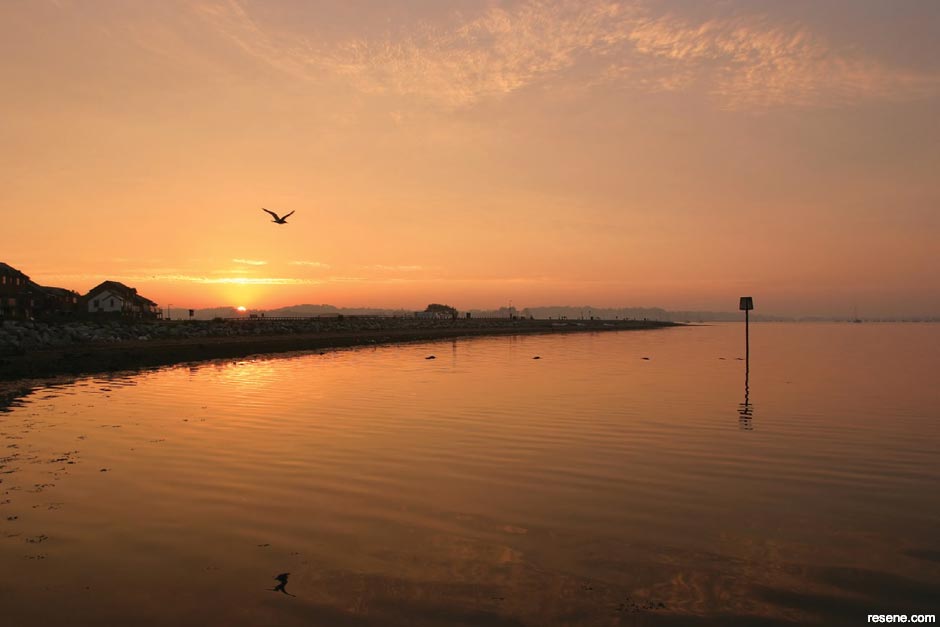
Even the sky changes from blue during the day to often red or orange as the sun rises and sets.
This is because of the atmosphere surrounding the earth. It is made up of billions of particles that are so small they can’t be seen with a human eye. Light hits the particles as it travels from the sun to the earth, bouncing off them and scattering around.
During sunrises and sunsets the sun is low in the sky which means it needs to travel through a thicker layer of the atmosphere. This means the sunlight is bounced off more particles so most of the blue and violet light is scattered leaving only the orange and red light to colour the sunrise or sunset. During the middle of the day the sun is higher in the sky. Less sunlight is scattered leaving more blue light to travel through the atmosphere so we can see it.
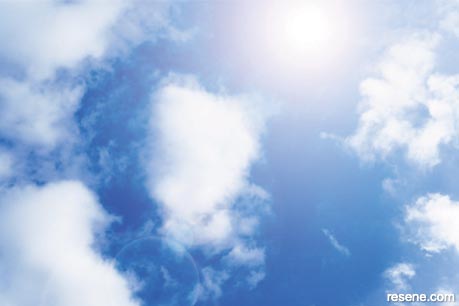
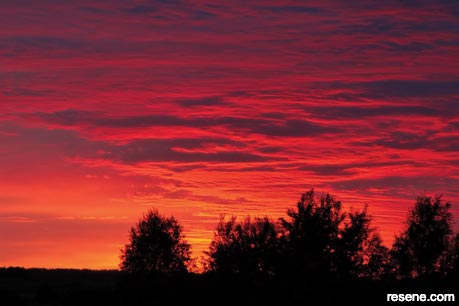
When there are volcanic eruptions like the one at Mt Ruapehu, the dust from the eruption enters the atmosphere and scatters the blue light leaving more orange and red light to reach the earth. This is why after the Mt Ruapehu eruption lots of people living near the mountain saw very beautiful coloured sunsets.
Many plants and trees also change colour throughout the year. Sometimes this is because they flower at certain times of the year and sometimes it is because their leaves change colour in autumn changing from green to red and orange before falling off the tree in winter. Come Spring the tree sprouts new green leaves again. This is why in autumn you can often see beautiful orange, red and rusty coloured leaves on trees and on the ground.
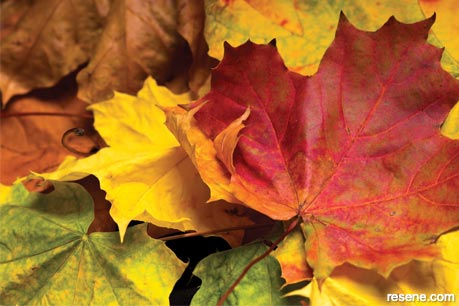
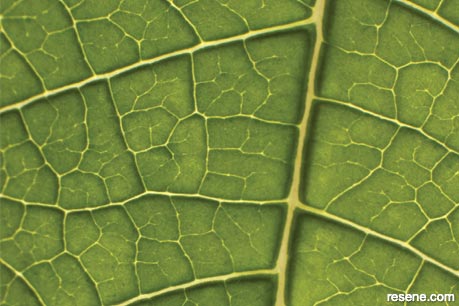
All plants get both light and heat energy from the sun and will grow towards it as they use the sun’s energy to make their own food. The plant’s leaves trap the sun’s energy in the green chlorophyll, then convert the nutrients from the soil into food using the sunlight. This process is called photosynthesis. If a plant does not get any light it will stop producing food and the leaves will lose their green colouring. Plant leaves vary in colour. This is because they contain other pigments as well as chlorophyll, which gives them their different colouring.
The sun is very important for plants to grow. Sunflowers growing outside will turn their sunflower heads towards the sun to capture the most light and heat. Indoor pot plants will also grow towards strong light sources so they can get the most energy.
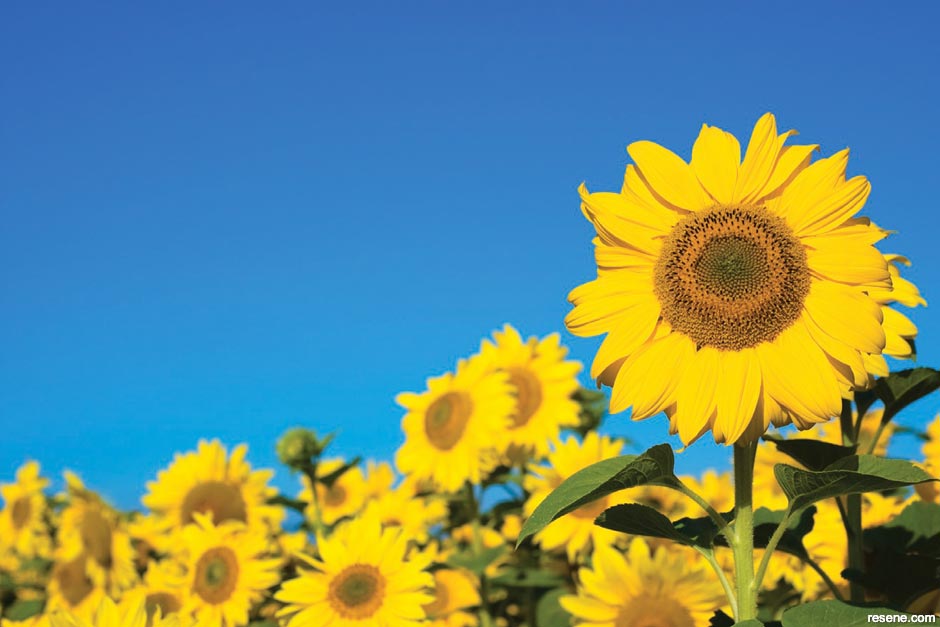
Growing towards the sun is called phototropism and is very important in the plant world. You can see these effects for yourself.
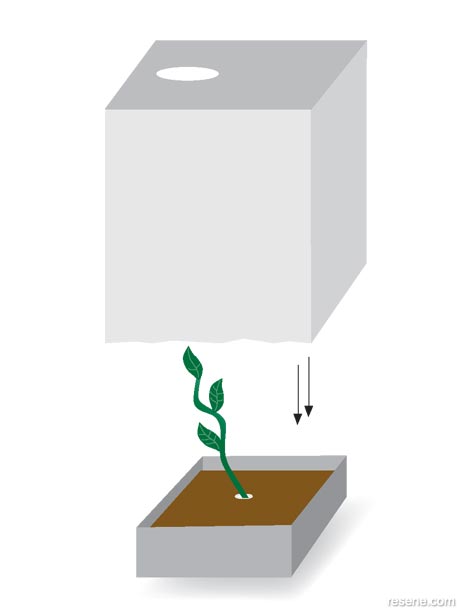
Growing towards the sun
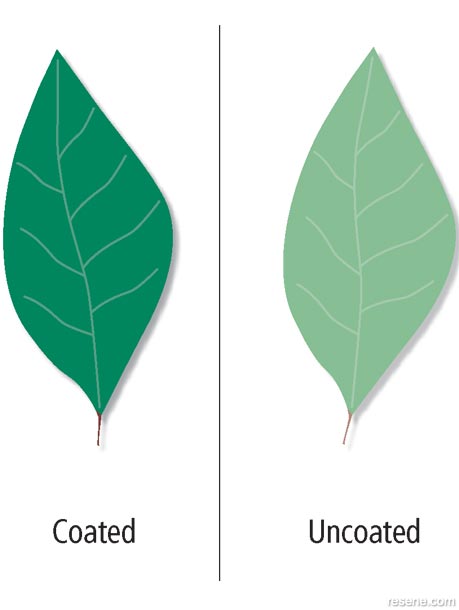
Keeping green
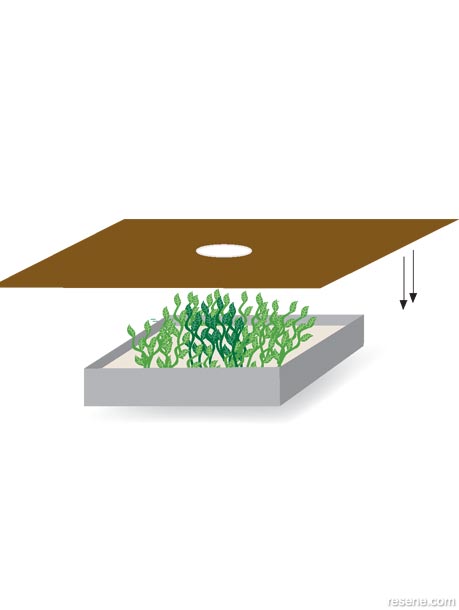
Growing green
Plant a small seedling in a pot, water and then cut a small hole in the bottom of a paper bag or box and place over the seedling. The plant will appear through the hole as it grows towards the light.
Collect two leaves from up to 10 different plants or trees. Coat one leaf from each pair using Resene Multishield+ glaze. Leave the second leaf uncoated. Do this for each pair of leaves until you have 10 coated leaves and 10 uncoated leaves. Leave them out of reach and away from sunlight to dry. The glaze will seal in the green colouring of the leaf. The uncoated leaves will start to lose their colour as no food is being produced and they are not protected by the glaze.
Plant a shallow tray with alfafa and water until the first sprouts appear. Cut a piece of thick cardboard so it completely covers the tray and there is 3 cms of spare cardboard on each side of the tray. In the middle cut out a small circle about 6 cm wide. Place the cardboard over the tray. Leave sprouts to grow in a sunny area, watering as you need to. Make sure the card stays on the tray while the sprouts are growing. Once the sprouts have grown remove the card. You should be able to see the circle where the hole was because the alfafa will be a much darker green. This is because the sprouts need energy to produce food and the ones below the cutout circle received the most energy as they were uncovered.
Now that your sprouts have grown you can start picking them and eating them... yum!
PDF downloads:
The Resene Everywhere colour series
Learn about colour! The Everywhere colour series is designed for children and will cover lots of things about colour and has projects you can try out for yourself to find out how things work. Colour is magical and lots of fun to experiment with... enjoy!